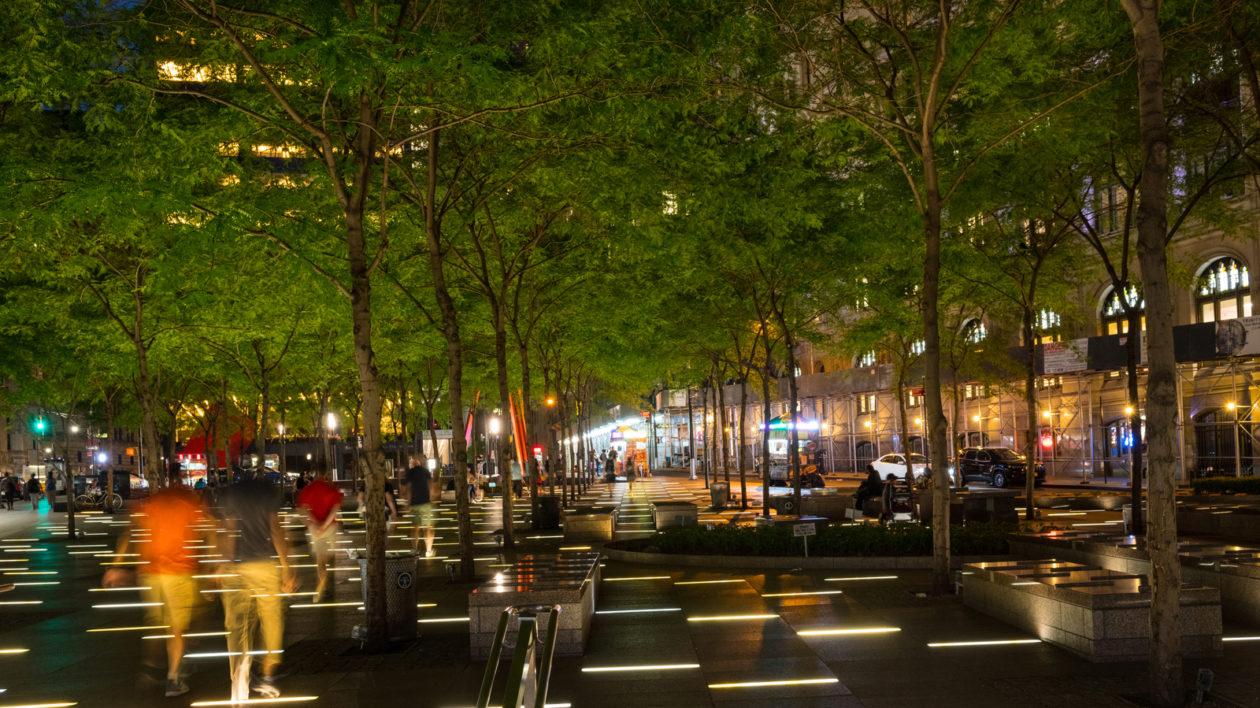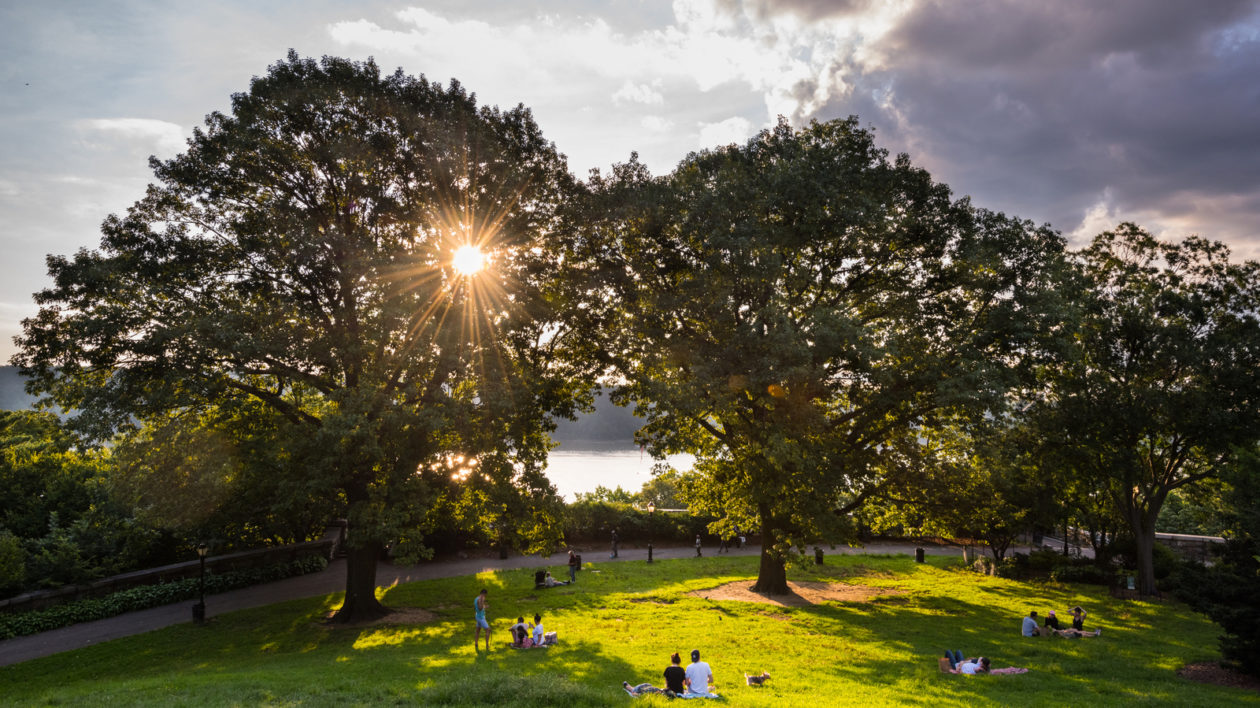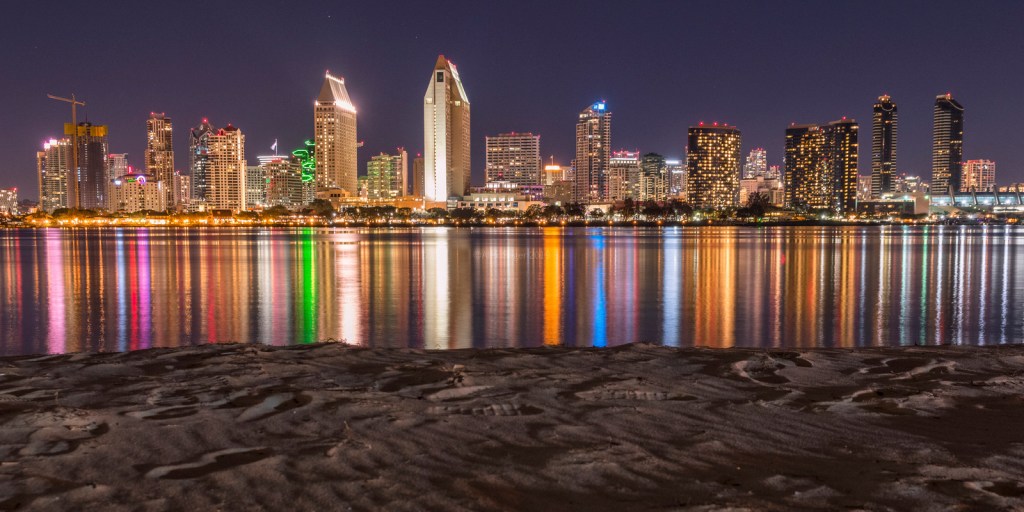Humans have lived in cities for more than 2000 years. The majority of humanity now lives in cities, and cities around the world have worked for decades to manage their environmental impacts. Given our urban lifestyle, you’d think that scientists would know a great deal about how our cities affect the other species on the planet. But it turns out that’s not the case.
My colleagues and I just finished a review for Nature Sustainability that reviewed research into how urban growth is affecting biodiversity. This topic is of enormous practical importance since we are living in the fastest period of urban growth in human history, with more than 2 billion additional people expected in cities by 2030, a pace of urban growth that is the equivalent to building a city the size of New York city every six weeks.
The goal of our review was to figure out what scientists know — and don’t know — about how all that urban growth is affecting the diversity of life on earth.
We found that the direct effects of cities on natural habitat and biodiversity are large but straightforward to map using satellite data. Direct effects occur when urban areas expand, converting natural habitat like forests into pavement and concrete and buildings. Direct effects are cumulatively significant, with 290,000 square kilometers of nature habitat forecast to be converted to urban land uses between 2000 and 2030.
Urban areas are most causing the destruction of high-biodiversity habitat in places like coastal China, Brazil, and Nigeria. It is not surprising that urban growth appears to add up to a big loss of biodiversity, as 290,000 square kilometers is a big area, about the size of the state of Arizona. Globally, species richness at a site is on average 50 percent lower at urban sites than in intact natural habitat.
There has been lots of research into direct effects of urban expansion in particular cities or places. In our paper, we reviewed more than 600 such scientific studies. Shockingly, however, the scientific community really is not studying the effects of urban growth in the regions where the satellite data leads us to expect the effects would be the most intense.

Most scientific studies are in developed countries like the United States and the European Union. Relatively few papers are from developing countries, where cities are expanding the most rapidly into high-biodiversity habitat. As a result, we don’t know much about the way the ecosystem structure and function changes in these habitats in response to urbanization.
We also found that the indirect effect of urban growth on biodiversity is far greater than the direct effect. Indirect effects include the biodiversity impacts of resources consumed within the city — like energy and food — as well as the impacts of pollution released from cities. We estimated that just the area required to feed the world’s cities is 36-times greater than the urban area of cities.
In other words, the food urban dwellers eat turns out to be more important for global biodiversity than the direct environmental impact of the urban areas in which they live. Similar arguments can be made for other indirect effects, notably including the role of greenhouse gas emissions from cities in making climate change worse.

But the scientific community is not studying indirect effects much. Only 34 percent of all studies of urban impacts on biodiversity consider indirect effects. In other words, we are spending about twice as much effort to study direct effects than indirect effects, even though indirect effects seem to be far more important in magnitude.
These pervasive biases in the scientific literature matter because they affect such a gap in the literature can affect what policymakers do. The lack of data on the significance of urban biodiversity loss in middle- and low-income countries could lead policymakers to underestimate the importance of the issue. Moreover, we lack information on how unique socioeconomic processes in developing countries, such as the role informal settlements (slums) play in urban growth, affect biodiversity.
Cities in developing countries sometimes also have lower levels of government capacity than in developed countries, which could be affecting how these governments act to protect biodiversity in the face of urban growth. The truth is, we just don’t know.
However, there is hope that scientists can begin to reorient their research to close these research gaps. Scientific networks like Future Earth are beginning to direct the attention of urban researchers to understudied parts of the globe. Networks of cities like C40 and the International Council for Local Environmental Initiatives (ICLEI) are helping connect researchers already living in the Global South with collaborators and funding from the Global North. And international policymakers have already begun to debate how to respond to urban growth in discussions around the Convention on Biological Diversity, which will help further stimulate research in these areas.
Only by closing these research gaps will society be able to make smart, informed decisions about how to protect biodiversity in an increasingly urban world.




A fantastic blog!
Congratulations, Rob!
I was wondering if there is any chance in generating a Livestreaming conversation regarding your last year paper. Will be very interesting to communicate relevant insights about the impacts on biodiversity. for tropical cities.
Here is the link of my initiative in Guayaquil, Ecuador.
http://www.wildgyeinitiative.com
Kind regards,
Best wishes,
Juan de Dios Morales
“Humans have lived in cities for more than 2000 years.” It’s closer to 9,000 years. Look up Catal Huyuk and Jericho.